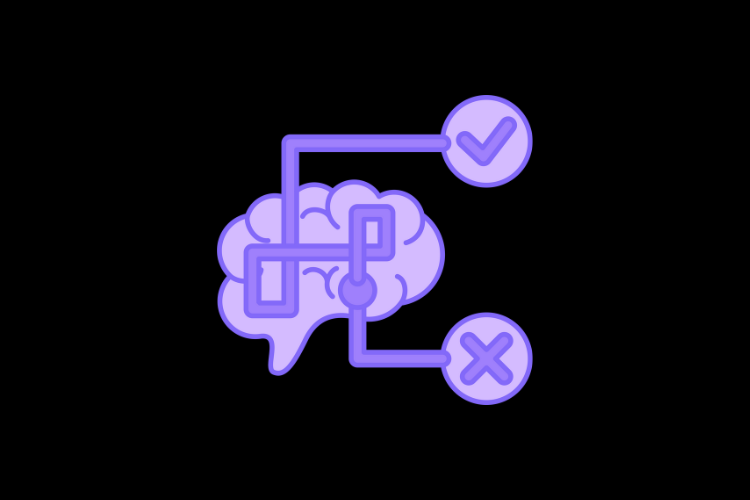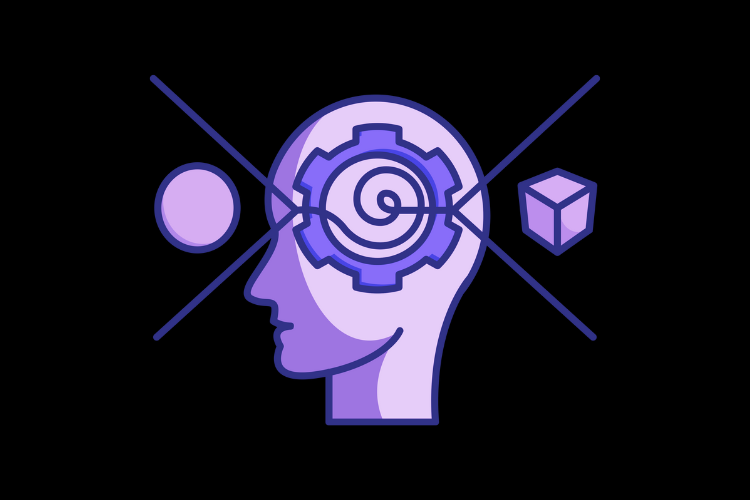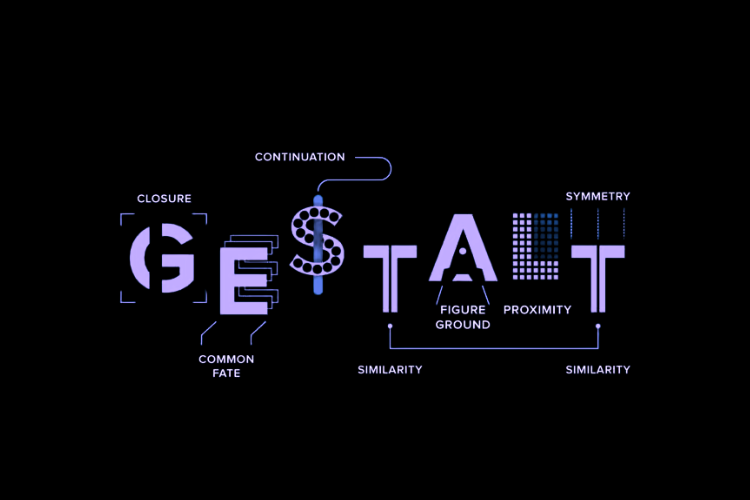Psychology of Heuristics in UX Design

A heuristic is a mental shortcut we use to help us make decisions, pass judgments, and solve problems. These are “guidelines” for how things typically work, and understanding this concept can help you create better user experiences.
When you hear the word Heuristics in the context of UX, you’re likely thinking of Jakob Nielsen’s “10 Usability Heuristics of User Interface Design”. Those 10 heuristics are excellent guidelines for designing usable interfaces and you can read the original article here: https://www.nngroup.com/articles/ten-usability-heuristics/. What I want to do in this blog is take a step further back to understand heuristics from a psychological perspective, and try to explain why heuristics in UX and UI are so effective when used correctly.
To understand heuristics, we’ll first have to understand the idea of Cognitive Load, which you can read more about in this blog. In short, cognitive load is the amount of working memory used and how efficiently users can process information. The higher the cognitive load, the more the user has to “work” for a given outcome, and vice versa. As UX and UI designers, our goal is to make the user journey as seamless and intuitive as possible, which means we need to keep the cognitive load as low as possible. Human decisions and judgments are subject to each individual’s cognitive limitations and if we can use methods to lower the cognitive load, we can create experiences that feel natural and intuitive. What are those methods? Why they’re the heuristics of course! There are many ways to reduce cognitive load, but heuristics are one of the most powerful because they often act at the subconscious level.
If we get down to the nitty-gritty of it, we tend to naturally categorize the world around us into buckets. It’s how our brain copes with the vast amount of sensory information we are constantly bombarded with. These categories then allow us to apply characteristics to members of the group and ultimately act on them based on learned experiences. A simple example would be that of a dog. A dog typically has 4 legs, barks, and wags their tail. When you see a dog, you automatically know it’s a dog even if you’ve never seen that specific breed before. You can then use past experiences to guide your actions, for instance, if the dog is wagging its tail, you might be inclined to pet it. But what if you’ve been bitten by a dog when you were young? You would have then learned from the experience to associate dogs with fear and pain. This will of course influence the way you act, and perhaps you’ll cross the street instead of petting it. This process of categorization is critical in UX design because users rely on these same mental categorizations when interacting with digital interfaces. Just like recognizing a dog, users come to interfaces with preconceived expectations based on their past experiences with similar products. For instance, when a user sees a magnifying glass icon, they automatically recognize it as a search function, even if they’ve never used that specific app before. These learned associations help users navigate new interfaces quickly and efficiently, reducing cognitive load.
You may have realized that there’s an issue with heuristics and categorizing things: there is a natural vulnerability to creating cognitive biases. In fact, heuristics is often the root cause of various cognitive biases. Let’s take the availability bias as an example, which is the tendency to rely on information that we can quickly recall to make decisions. If we were to design a search function, users would naturally assume our search feature functions similarly to Google, as that is likely the most available recall a user has for a search. If we don’t deliver a similar experience, they may assume our feature is inadequate or incomplete. However, as UX designers, we can turn the availability bias into an advantage. One common example of this is the usage of universal icons such as a magnifying glass for search or an envelope for email. Using these icons properly in your interface will play into a user’s availability bias and reduce their cognitive load. It is up to us as designers to ensure we leverage the power of heuristics and design around cognitive biases.
Heuristics are extremely powerful when used correctly. As UX designers, understanding how these mental shortcuts work, along with their potential biases, enables us to create more intuitive and user-friendly experiences. However, it’s not just about following the rules—it’s about understanding the psychology behind them. When we incorporate psychological principles into our designs, we’re not just making interfaces that work; we’re making interfaces that resonate with users on a deeper, more intuitive level. The next time you approach a design, consider how heuristics and cognitive biases are at play, and use that knowledge to craft experiences that are not only functional but also truly user-centered.
Summary
- Cognitive Load
- Heuristics
- Biases
Heuristics in UX: Heuristics are mental shortcuts that help users make quick decisions and judgments, reducing cognitive load creates intuitive interfaces.
Cognitive Load: Cognitive Load refers to the effort users need to process something. Lowering cognitive load enhances user experiences and make things feel more intuitive.
Addressing Biases: While heuristics can create cognitive biases like availability bias, designers can use these biases strategically, incorporating familiar elements to enhance usability and user satisfaction.


